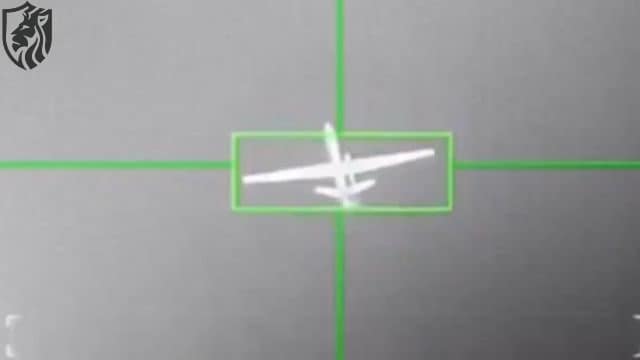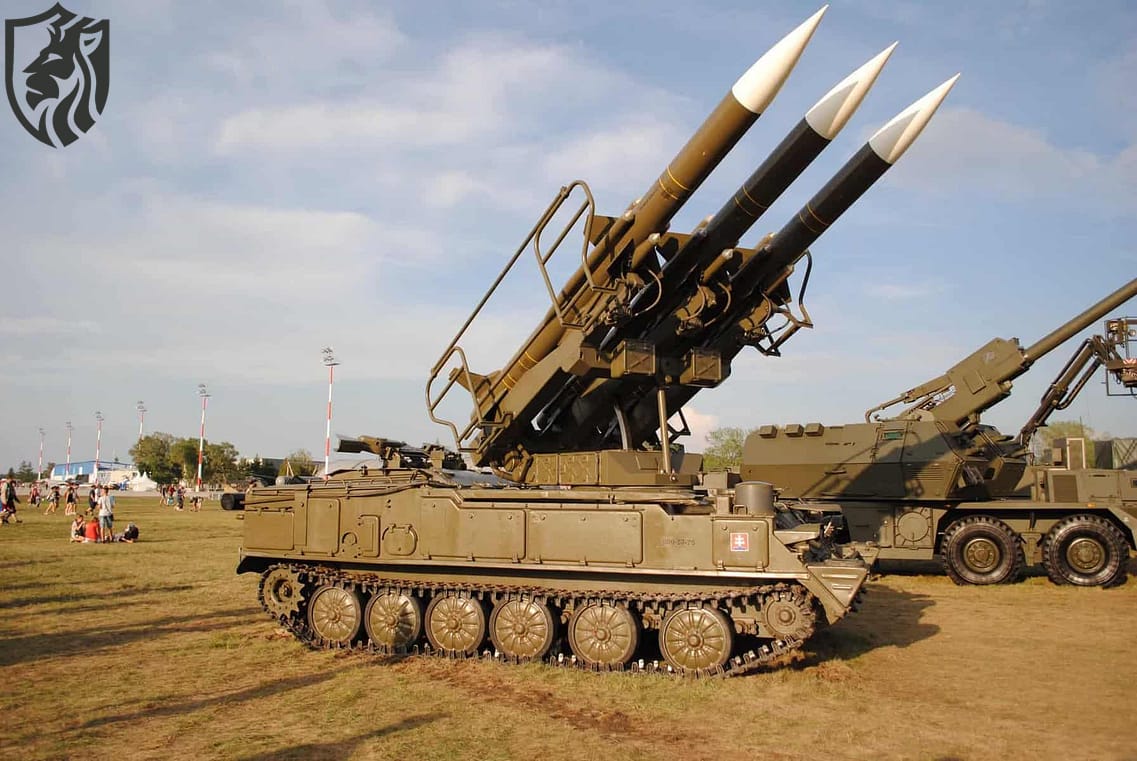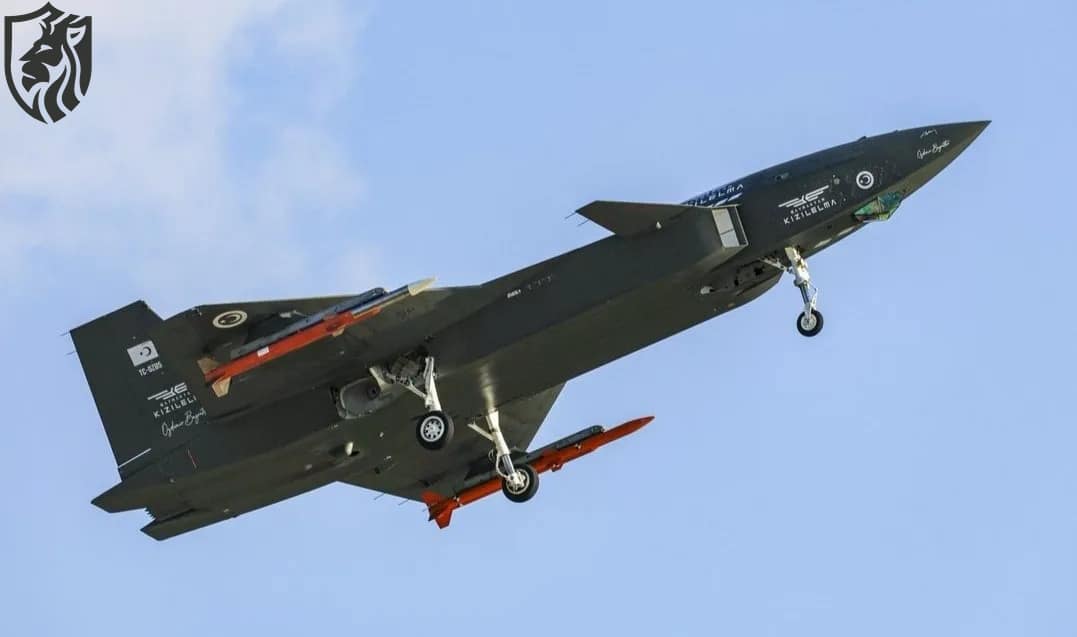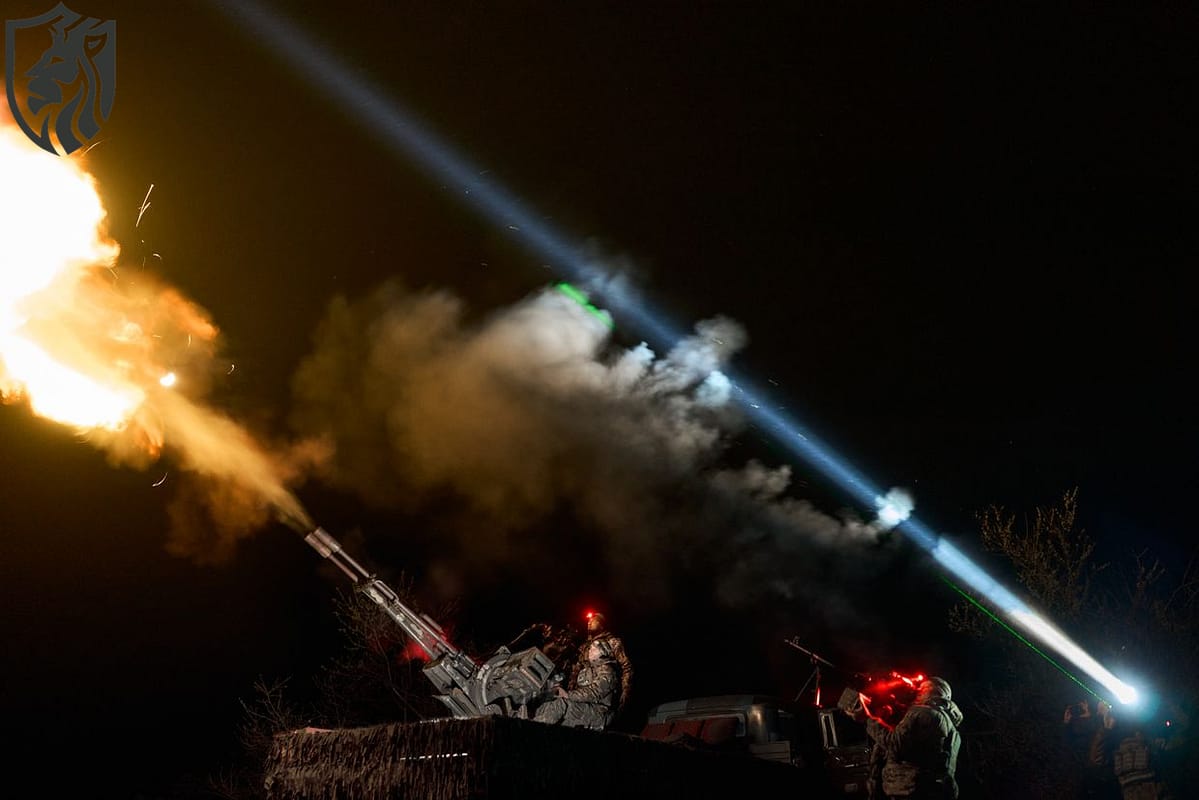
Houthi forces in Yemen have reportedly shot down another MQ-9 Reaper drone used by the United States Air Force. This event happened on December 28, marking the 13th drone downed by the Houthis since October 7, highlighting the increasing difficulties for U.S. aerial operations in the area.
The Houthis shared a video of the incident, showing a missile fired from the Soviet-era 2K12 Kub surface-to-air missile system hitting the U.S. drone. The video, shared through Houthi media, supports their claim of responsibility.
The Kub system, made during the Cold War, is still effective when used by skilled operators. It has become a key part of the Houthis’ anti-aircraft weaponry. This recent strike shows how they adapt old Soviet technology to modern combat, challenging the advanced capabilities of U.S. drones like the MQ-9 Reaper, which has sophisticated surveillance and strike systems. This incident follows radars and signal intelligence tools, boosting its flexibility.

Equipped with smart munitions like AGM-114 Hellfire rockets and GBU-12 Paveway II bombs, the MQ-9 can carry out precise strikes with little collateral damage. Over time, different versions of the Reaper have come out to match changing mission needs. The Block 5 version has better avionics and a bigger payload capacity. Meanwhile, the MQ-9B SkyGuardian version meets NATO requirements for flying in civilian airspace.
MQ-9 Reaper
The SeaGuardian, focused on maritime operations, broadens its function to include anti-piracy and maritime operations, making sure the platform stays relevant in various conflict zones. In Yemen, the MQ-9 Reaper is crucial in U.S. efforts against the Houthi insurgency. With advanced ISR systems, it conducts constant surveillance of Houthi locations, supply routes, and weapon caches, offering real-time data to coalition forces.
Besides its surveillance role, the Reaper is vital for targeted attacks on important Houthi figures and key infrastructure. Its ability to deliver precise munitions helps the U.S. eliminate threats while reducing civilian harm, even in crowded or rough areas. However, the Houthis have not remained idle. Using outdated systems like the Kub [SA-6 Gainful] surface-to-air missile, they’ve shown an increased ability to confront U.S. aerial assets.
The loss of several MQ-9 drones, including what is reported as the “13th” Reaper downed, highlights the rising threat from their growing weaponry. Despite these issues, the Reaper is still widely used, adjusting to tackle new threats, including Houthi drones and electronic warfare tactics.
The drone’s function includes more than just strikes and surveillance; it also involves electronic warfare and maritime tasks. In the crucial Bab el-Mandeb Strait of Yemen, the MQ-9 plays a key role in tracking Houthi threats to international shipping and providing intelligence to protect maritime movement.
MQ-9 and Houthi Insurgency
Assessments after strikes by the drone ensure mission success and inform future operations, emphasising its role as a multi-purpose platform. Despite the complex operational situation in Yemen, the MQ-9 Reaper continues to play a crucial role in U.S. efforts to combat the Houthi insurgency. Its mix of endurance, accuracy, and adaptability guarantees that it will keep influencing modern conflict, even as opponents strive to match its power.
The U.S. has stepped up military actions in the Red Sea to counter growing threats from Houthi forces in Yemen. This effort supports a wider plan to protect the Bab el-Mandeb Strait, a key global shipping route. The strait links the Red Sea with the Gulf of Aden and plays a vital role in world trade and energy flow.
With newer weapons, the Houthis have increased attacks, raising major concerns for regional safety and global shipping. To respond, the U.S. Navy has deployed missile destroyers and surveillance units in the region. Their presence aims to stop attacks and react quickly if trouble arises.
MQ-9 Monitoring and Blocking several Arms Shipments
Recently, American forces blocked several arms shipments meant for the Houthis. These included ballistic missile parts and advanced drone components. Such seizures show how much the Houthis rely on foreign support to boost their power. The U.S. claims Iran is arming the Houthis, breaking international arms bans. Iran, however, keeps denying any involvement in supplying weapons to the group.
The Houthis have used drones, missiles, and sea mines in their operations, targeting commercial vessels and regional stability. Opponents, such as Saudi Arabia and the United Arab Emirates, are creating regional instability.

In response, U.S. troops have conducted various actions, including airstrikes on locations where the Houthis launch missiles and manufacture drones. These strikes try to weaken the group’s power to disturb global shipping and attack U.S. allies.
Besides air force actions, U.S. naval troops have stepped up their patrols and watch missions in important shipping areas. The use of advanced ISR systems, like MQ-9 Reaper drones, has given U.S. forces immediate intelligence on Houthi activities and threats. Still, these actions come with problems.
Conclusion
The situation in the Red Sea is not just about military clashes. The U.S. has also boosted its diplomatic moves to isolate the Houthis and limit their sway. The U.S. has backed international sanctions and keeps pushing for a peace deal for Yemen’s wider civil war.
Still, the Houthis’ growing reach beyond Yemen makes peace talks harder to trust. Their rising military strength raises serious questions. Operations in the Red Sea show how hard it is to fight a fast-moving and determined enemy. This area is too important to ignore.
The Houthis continue to test U.S. power with bold moves at sea. U.S. forces must protect shipping lanes without sparking a wider war. This evolving situation shows how modern warfare is no longer traditional. Advanced weapons now face unpredictable threats in crowded, contested waters.
References
- The Defense Post – thedefensepost.com/mq9-downed-yemen
- Al Jazeera – aljazeera.com/us-troops-houthi-threat
- Defence News—defensenews.com/mq9-challenges-yemen








